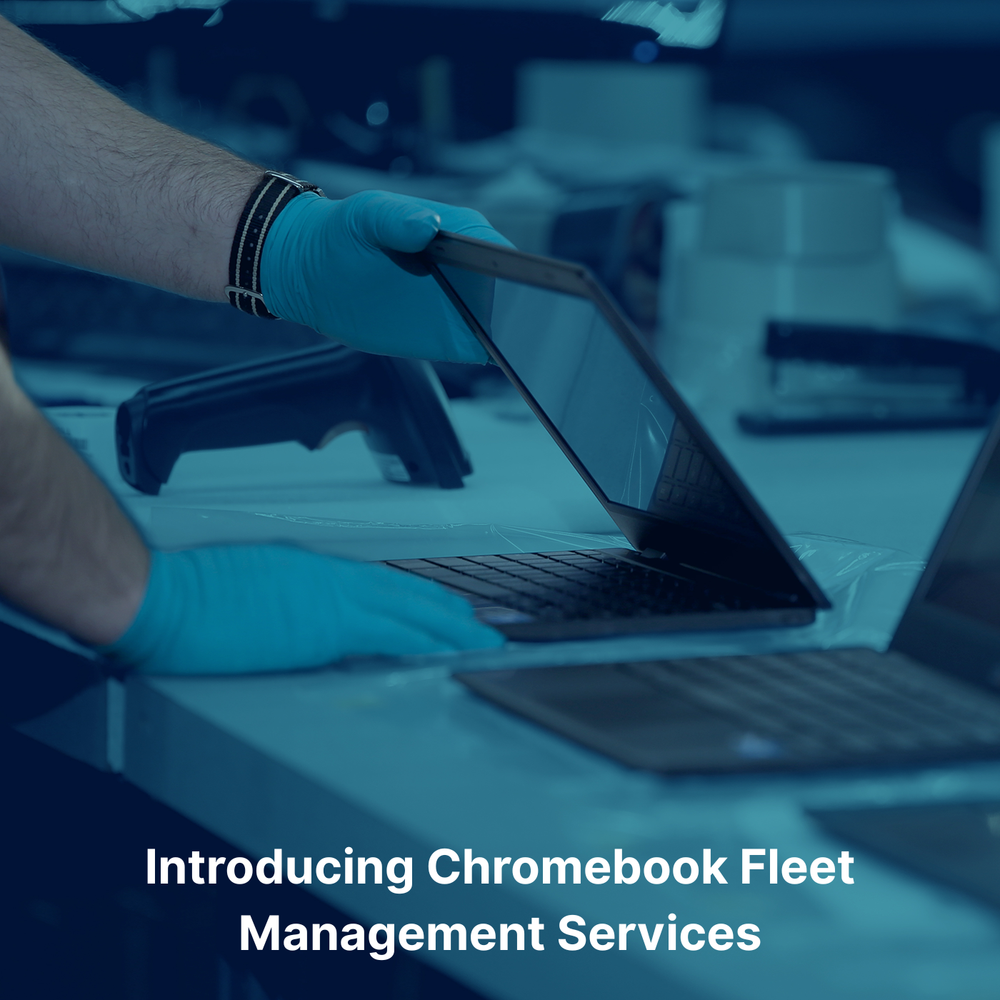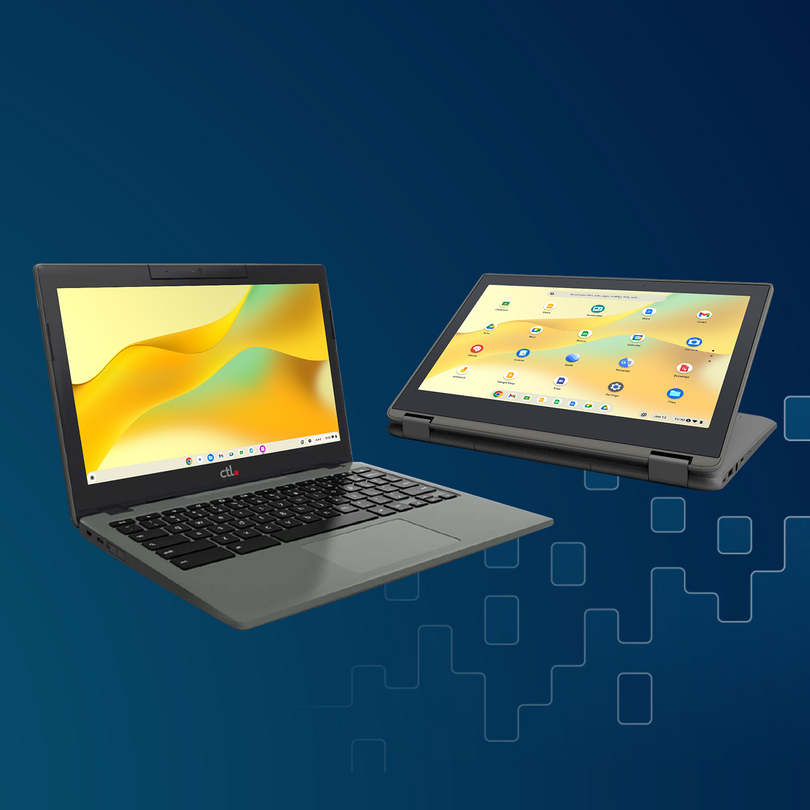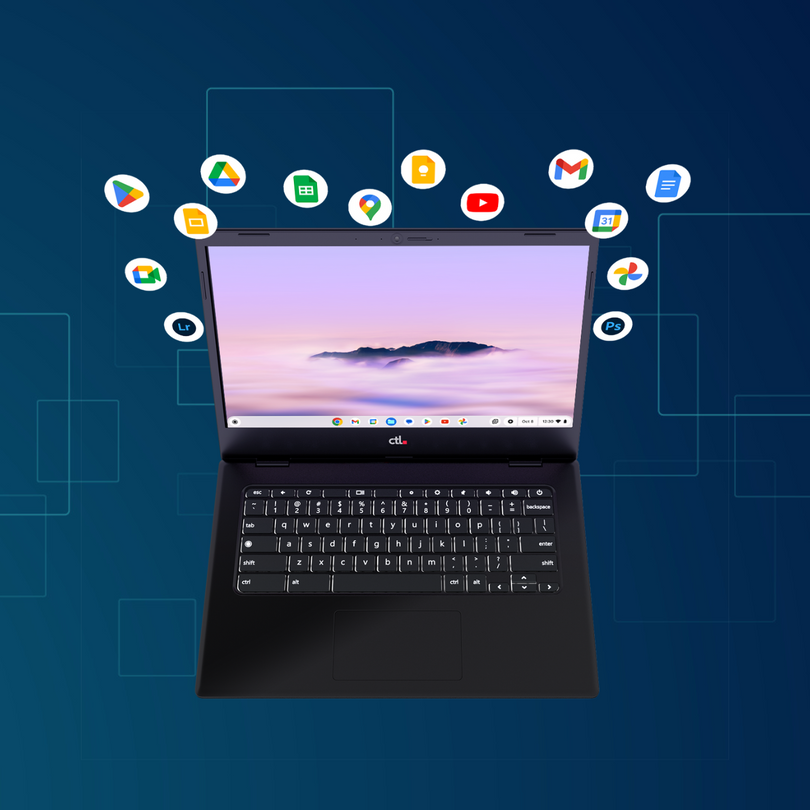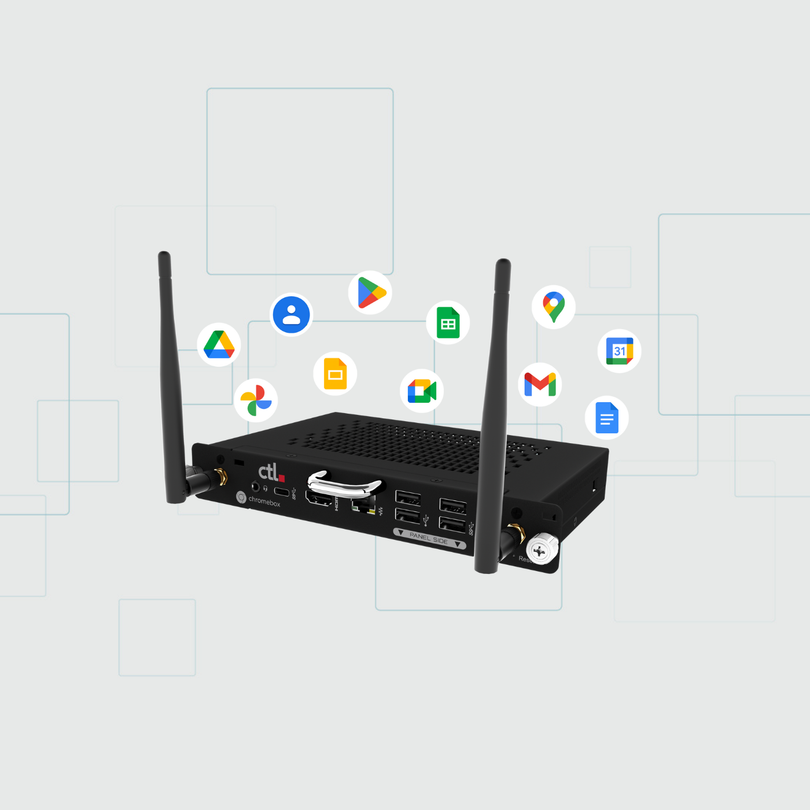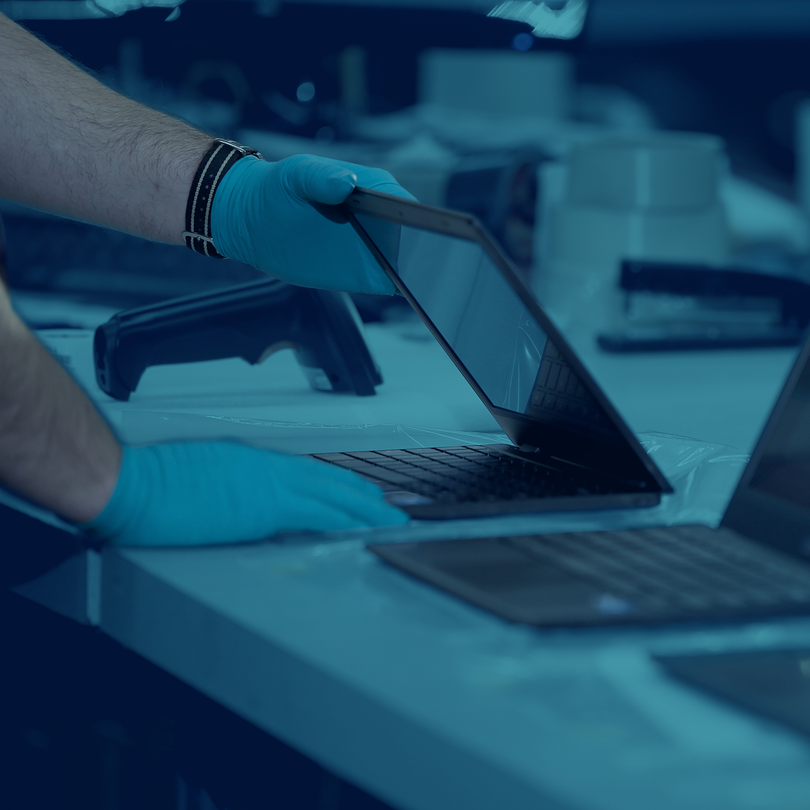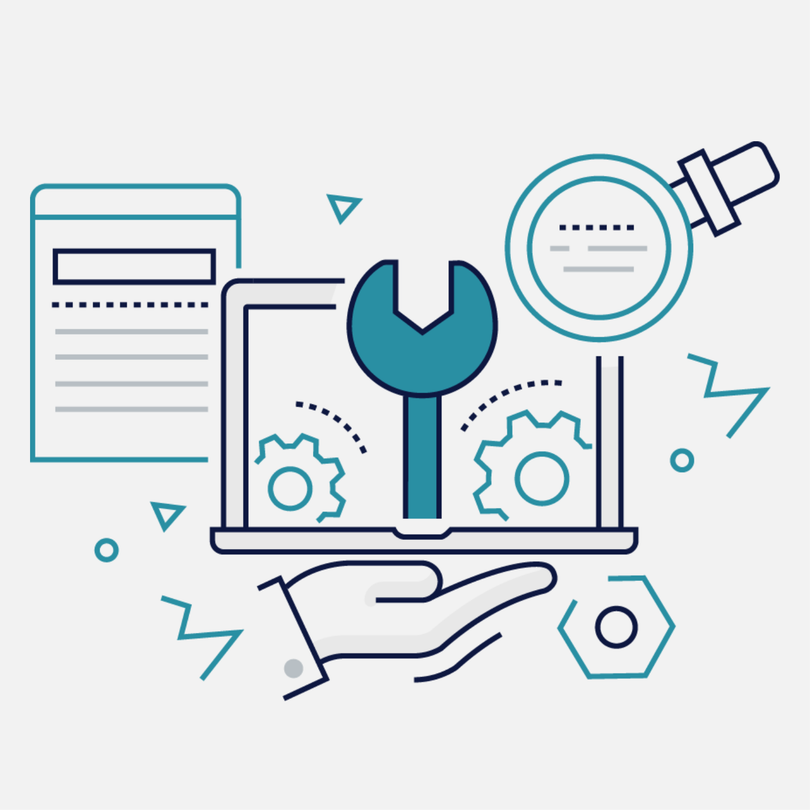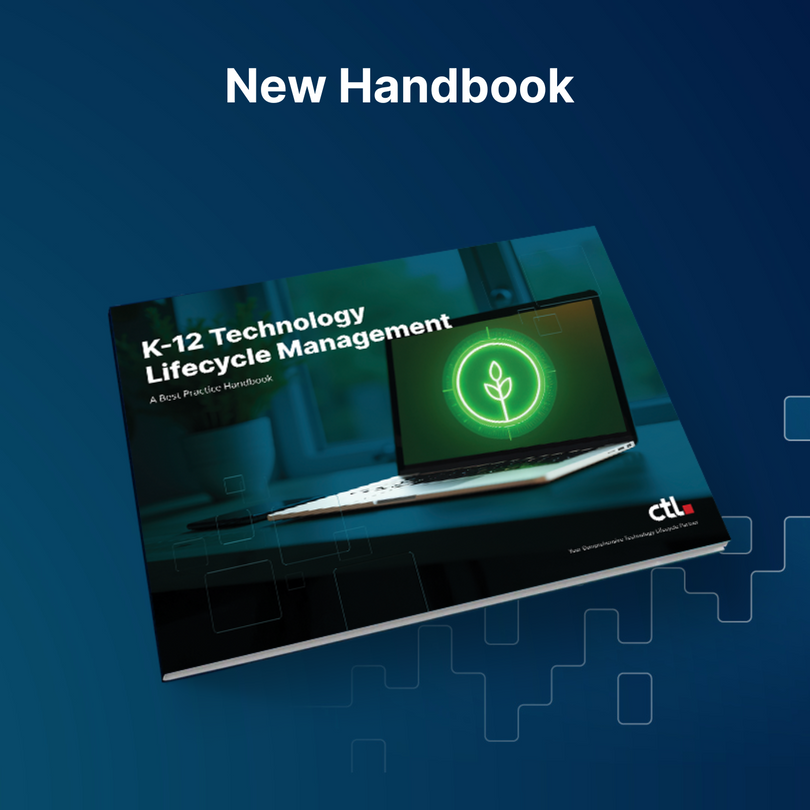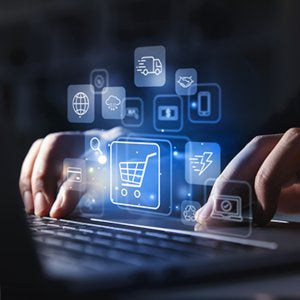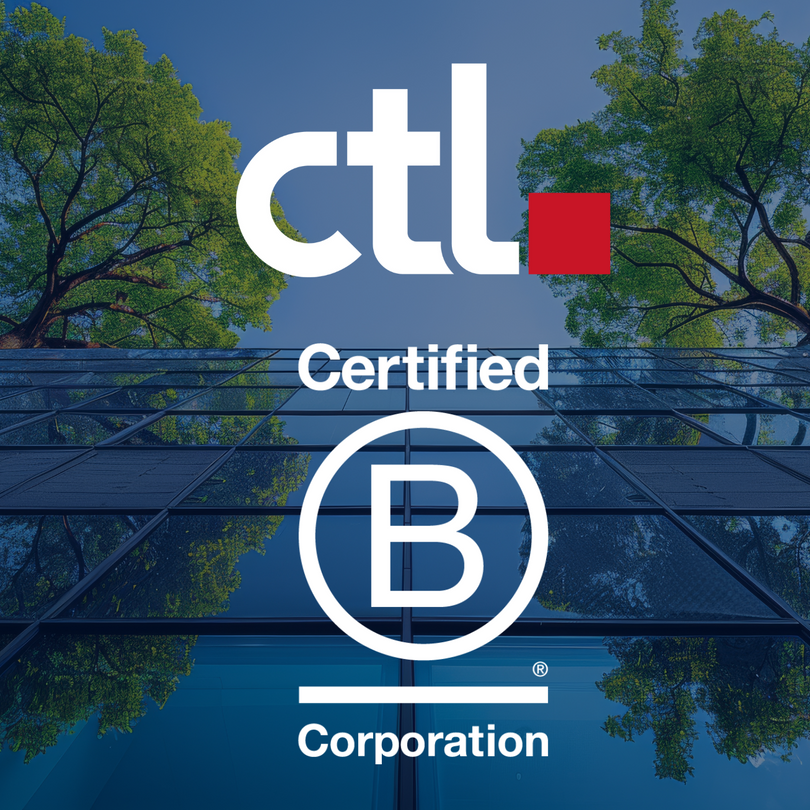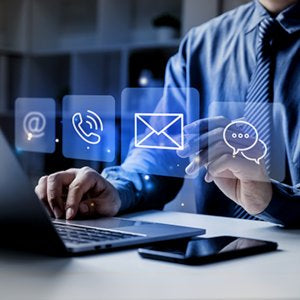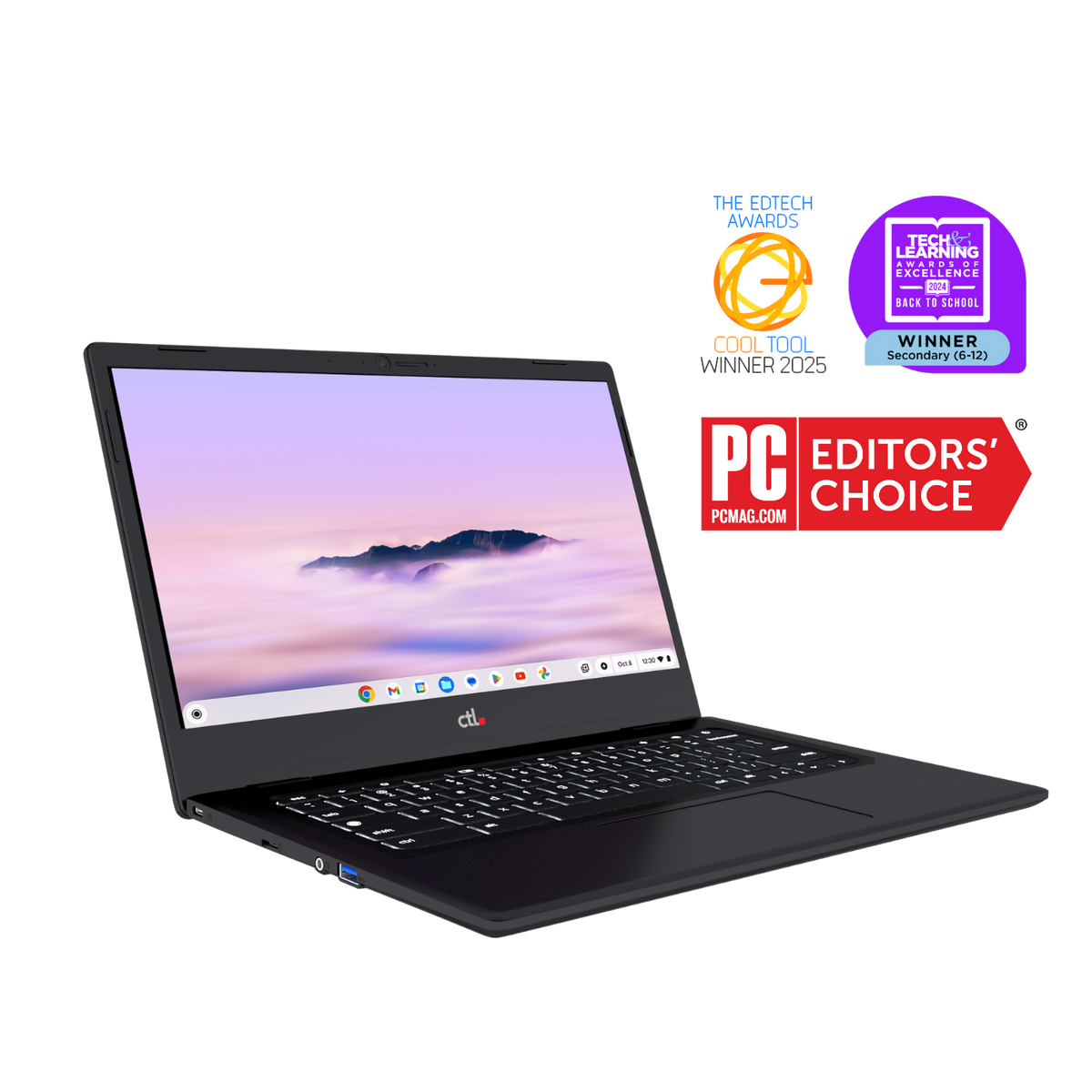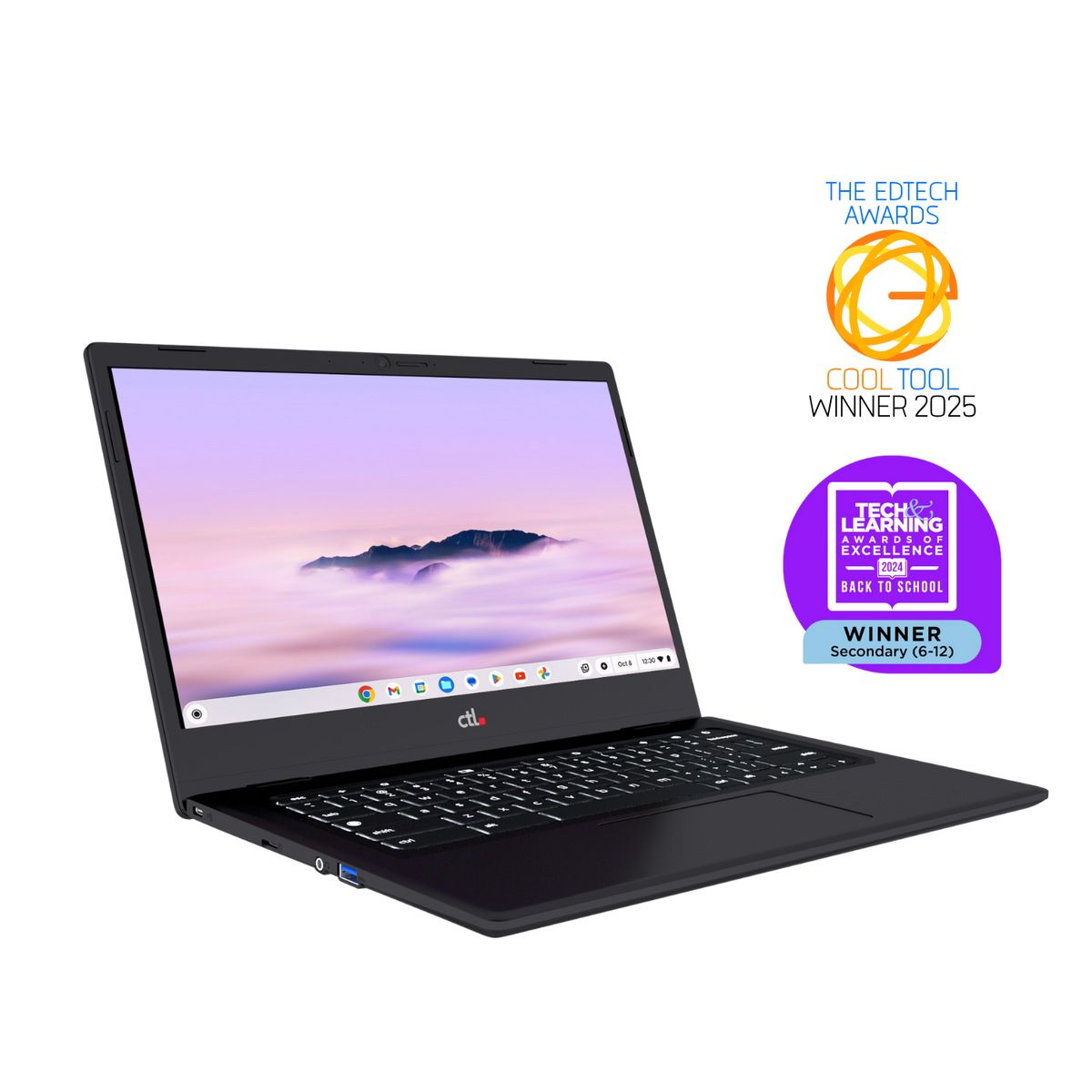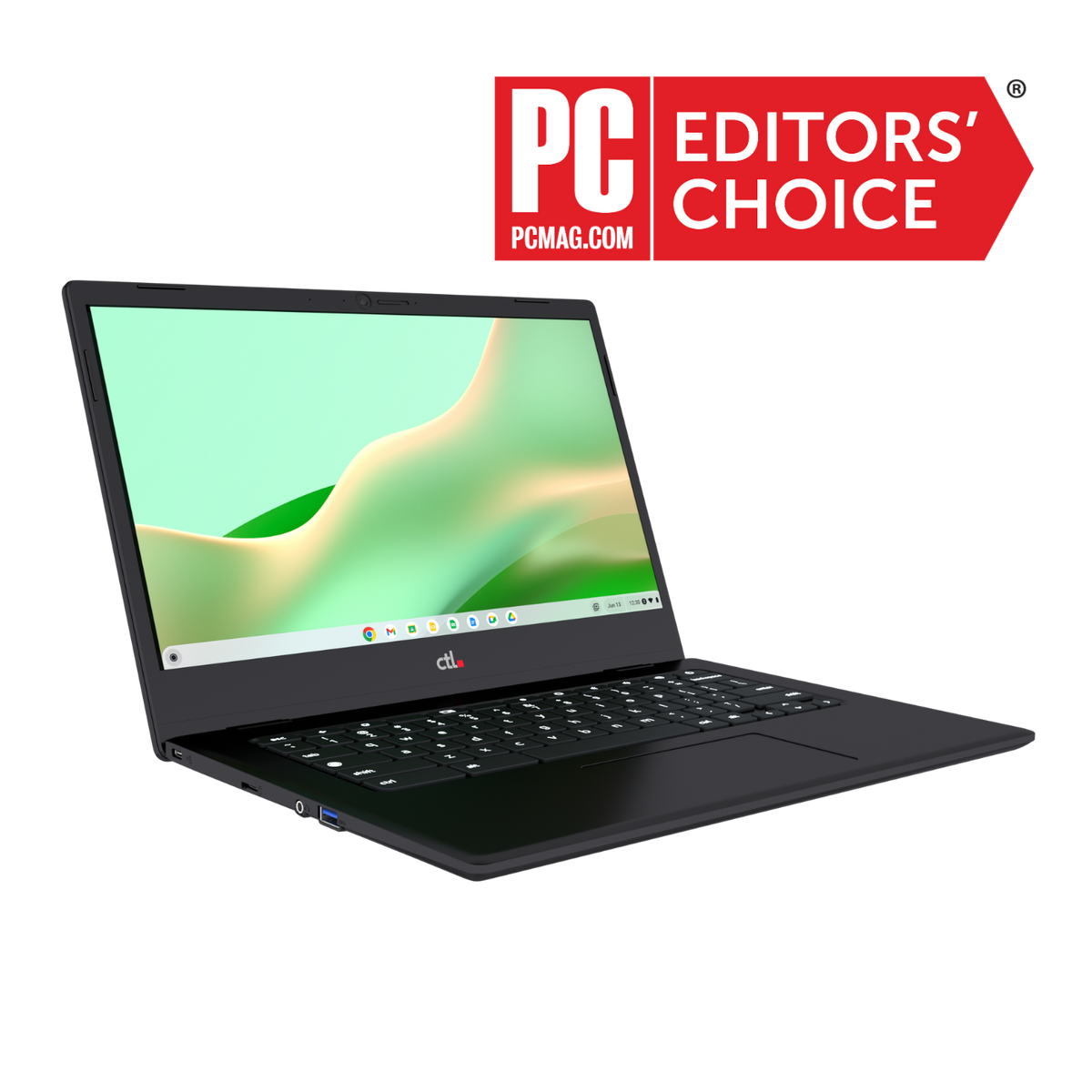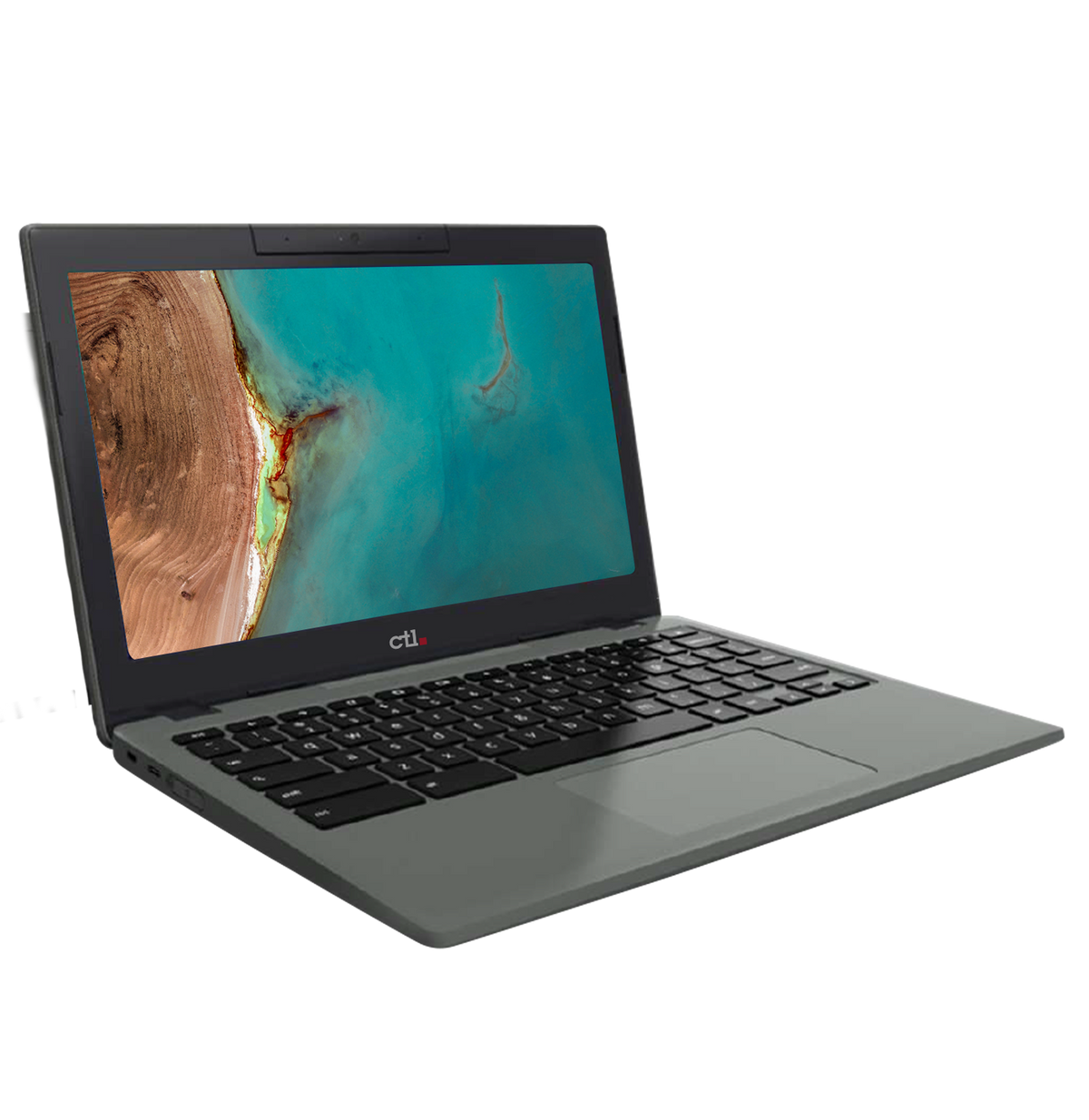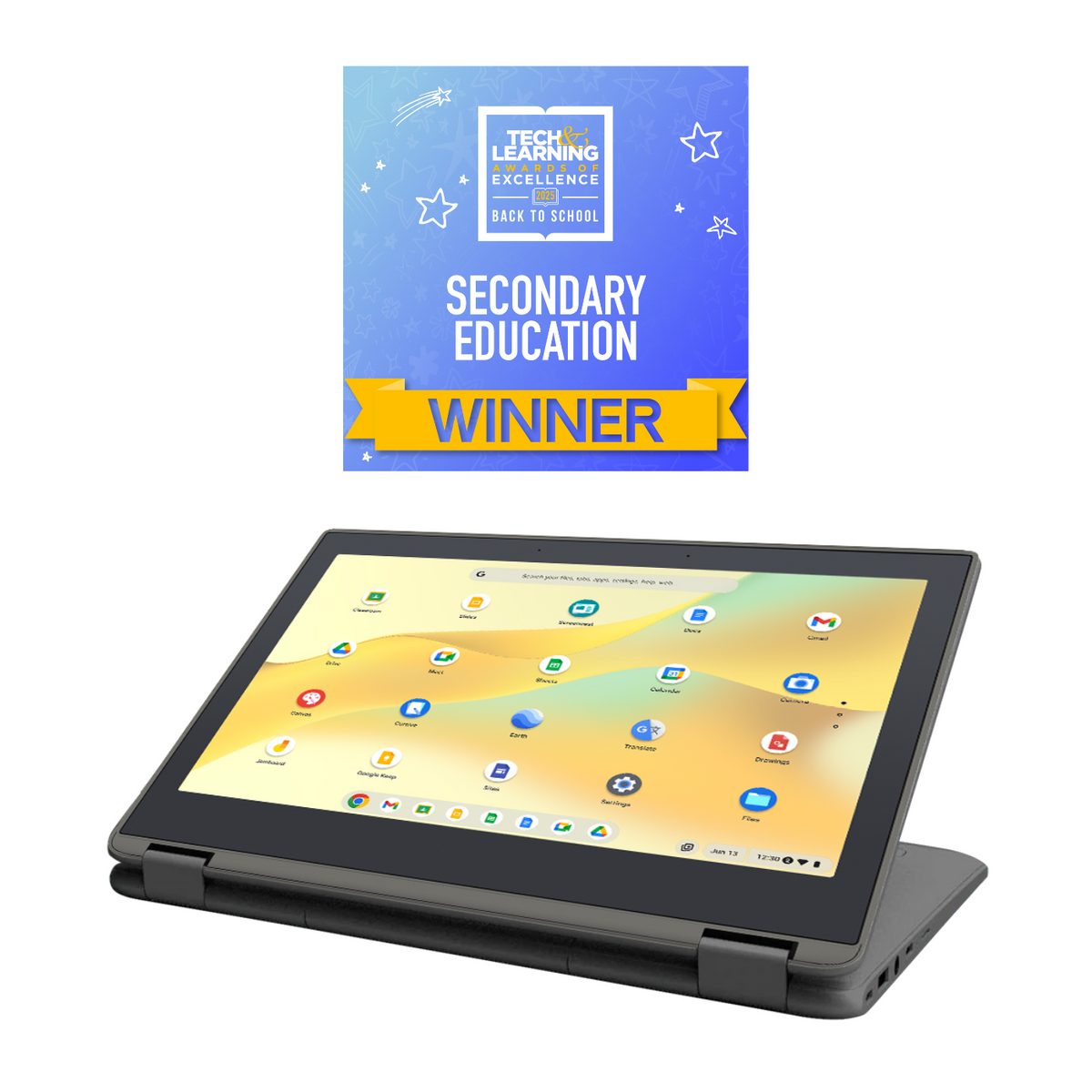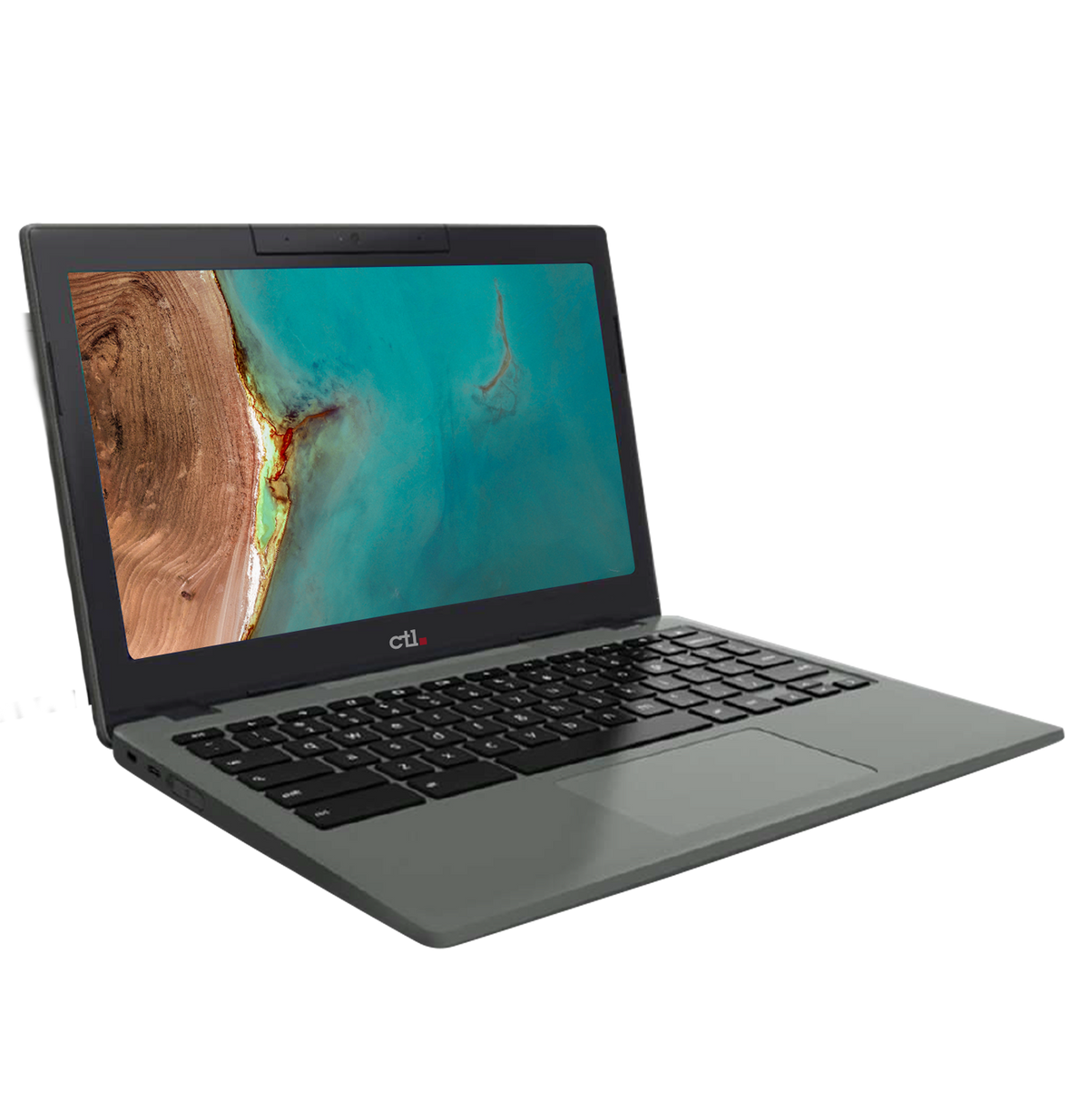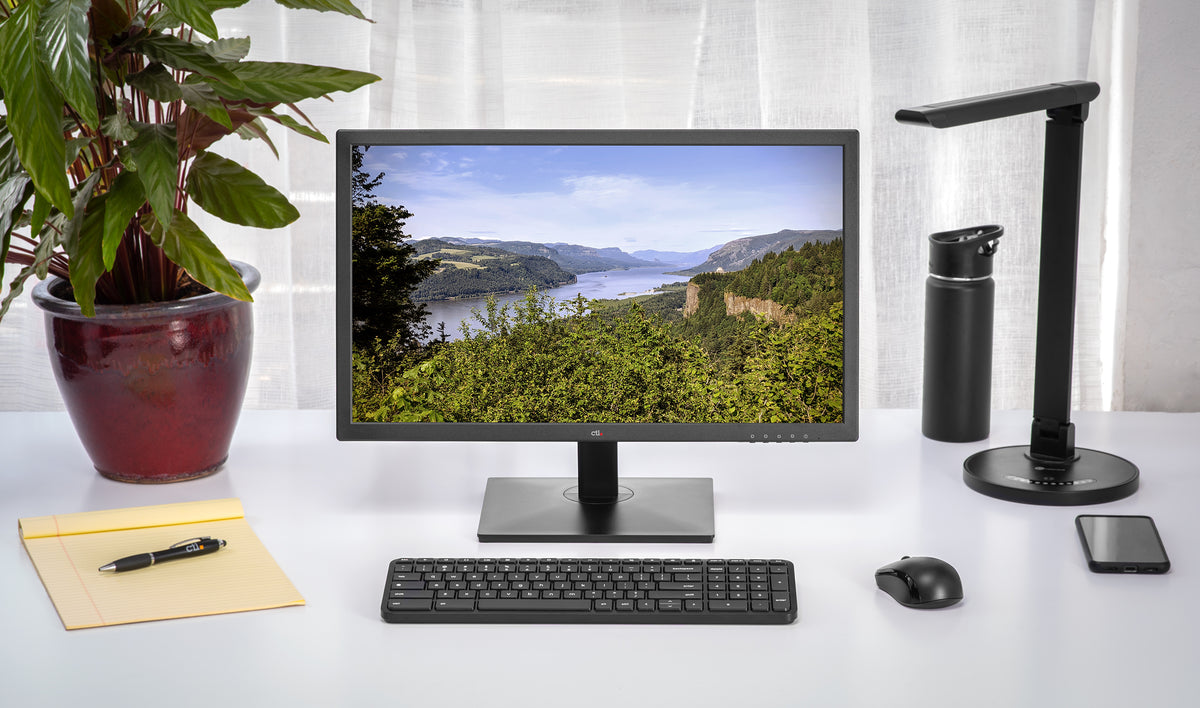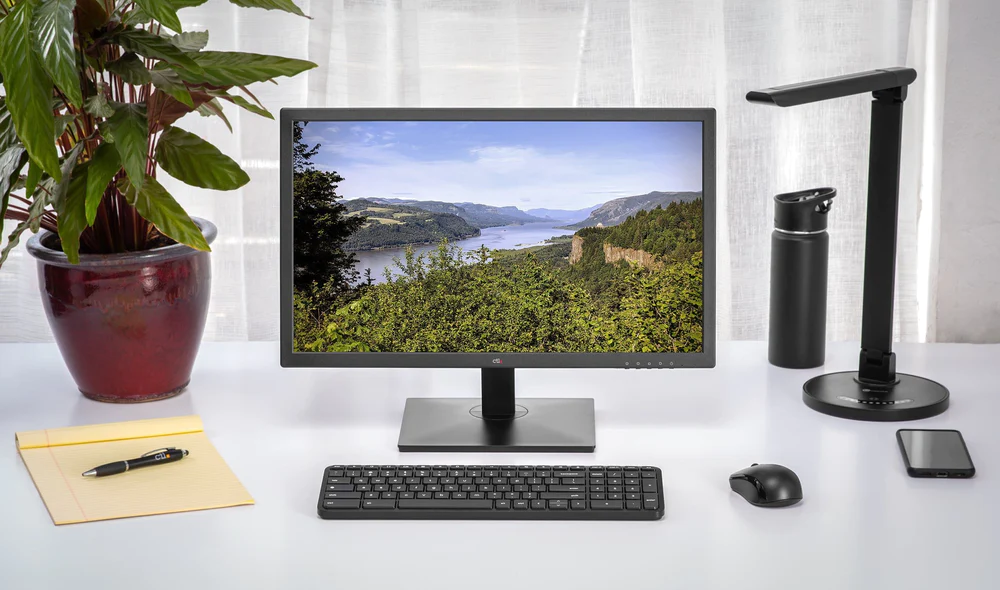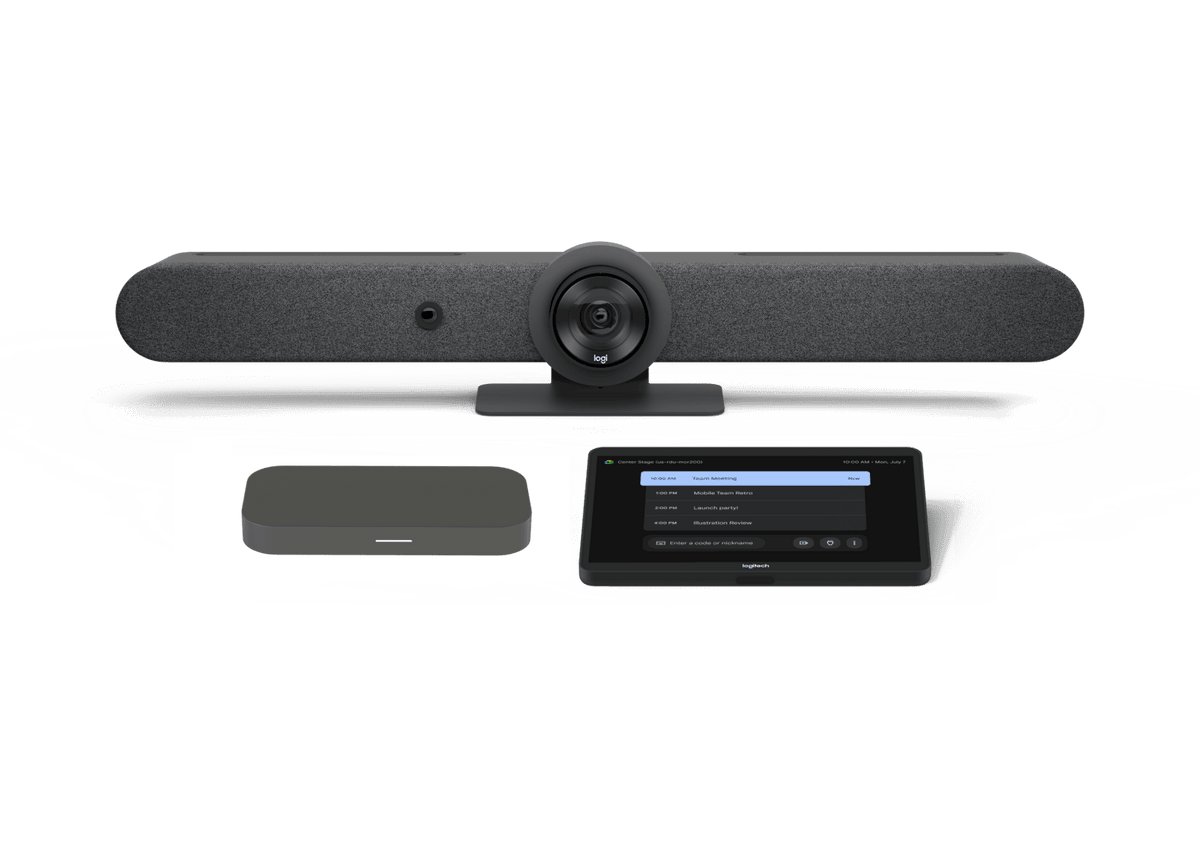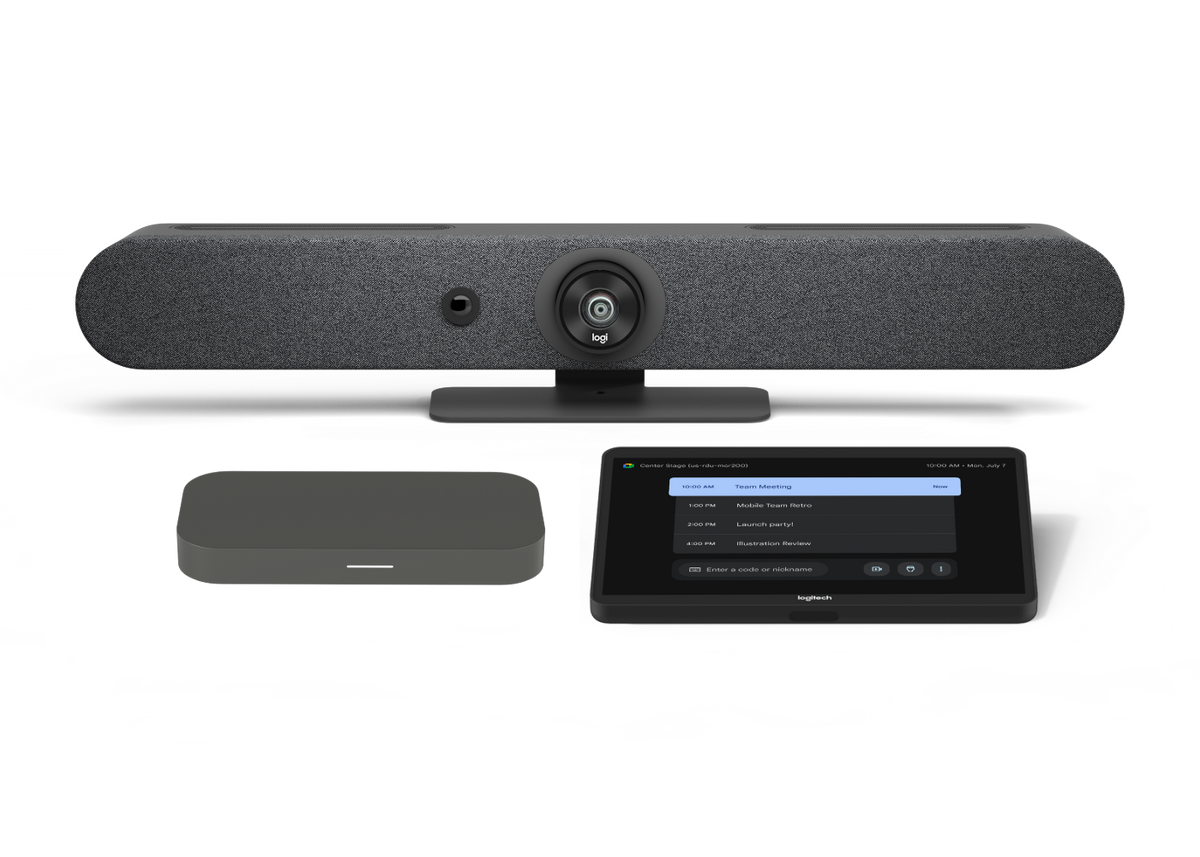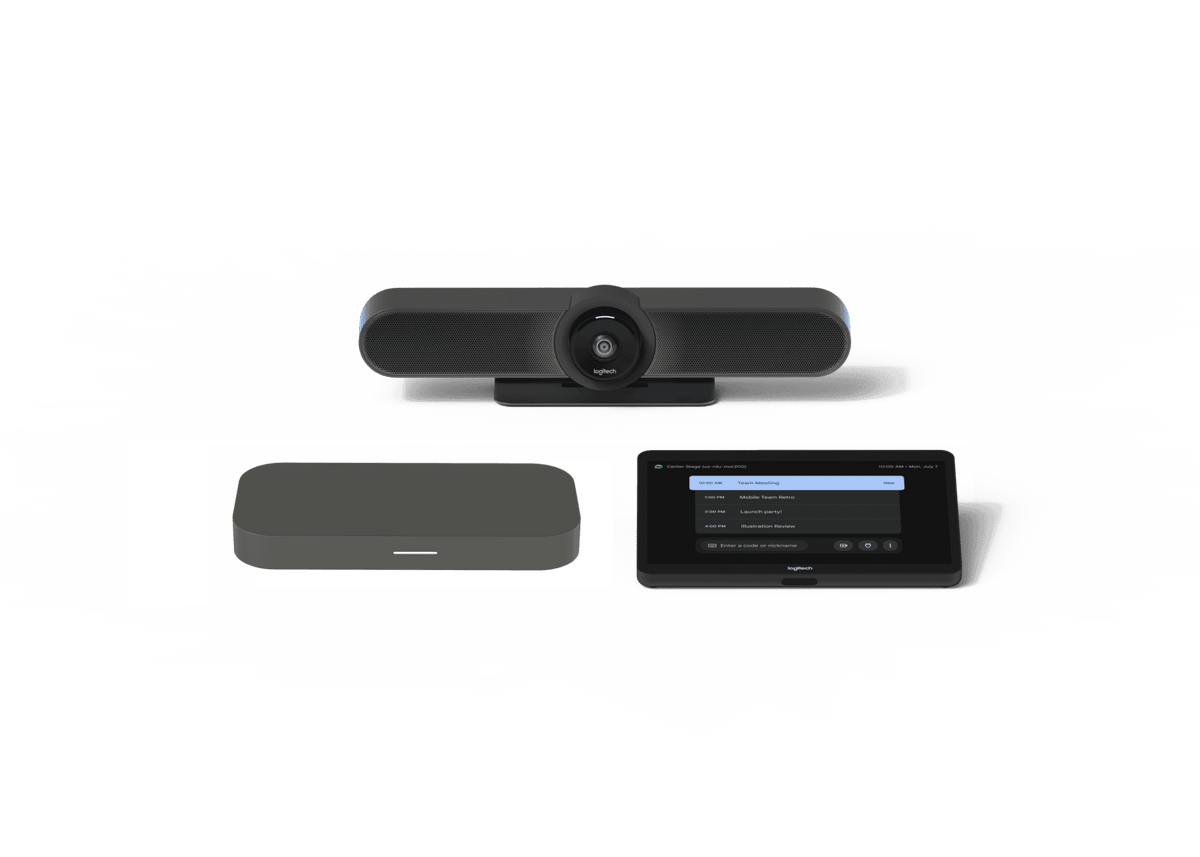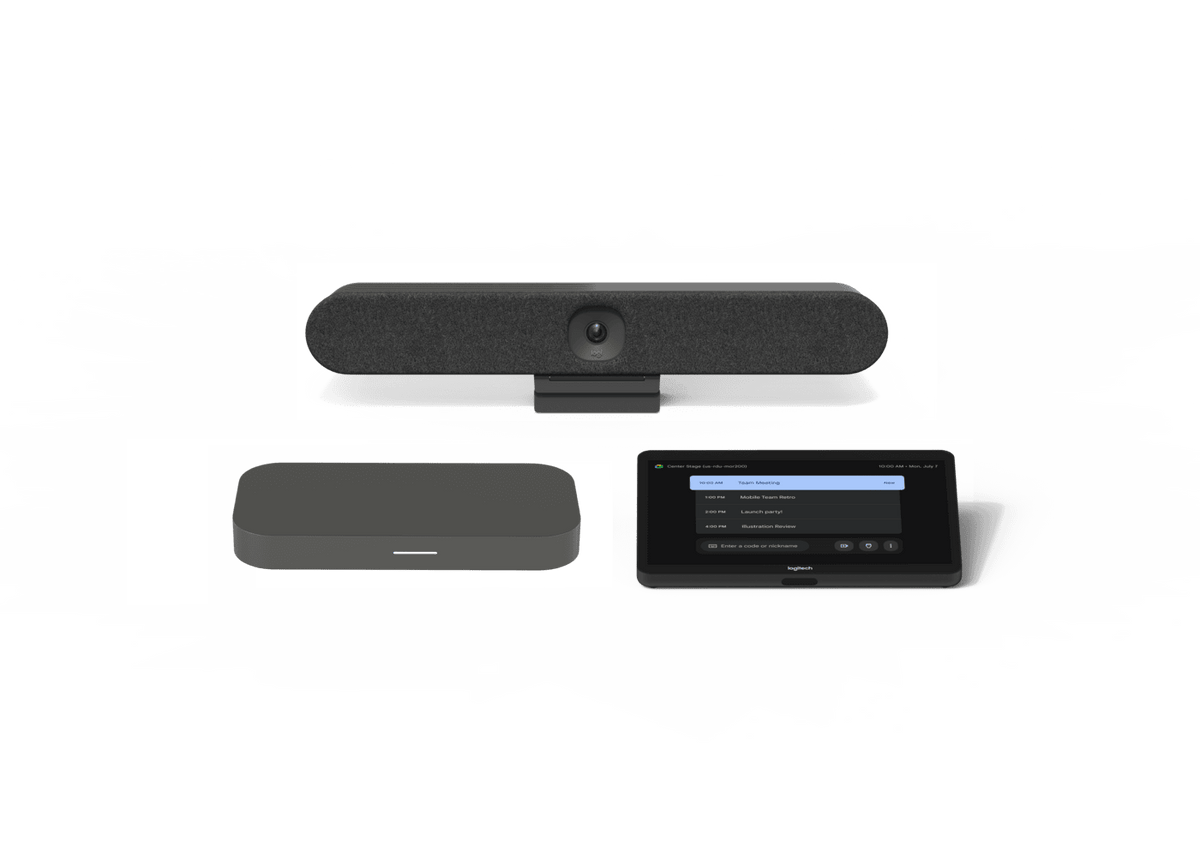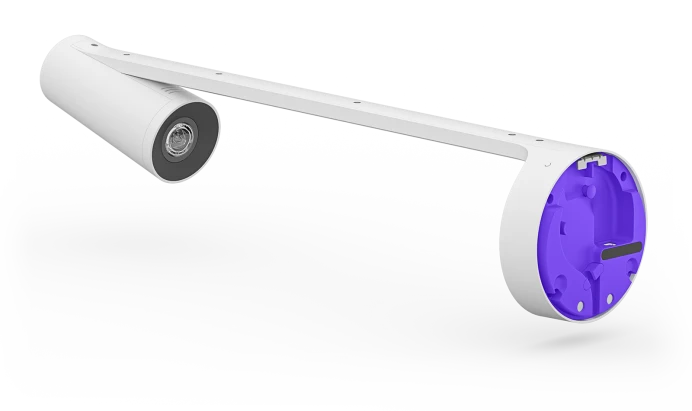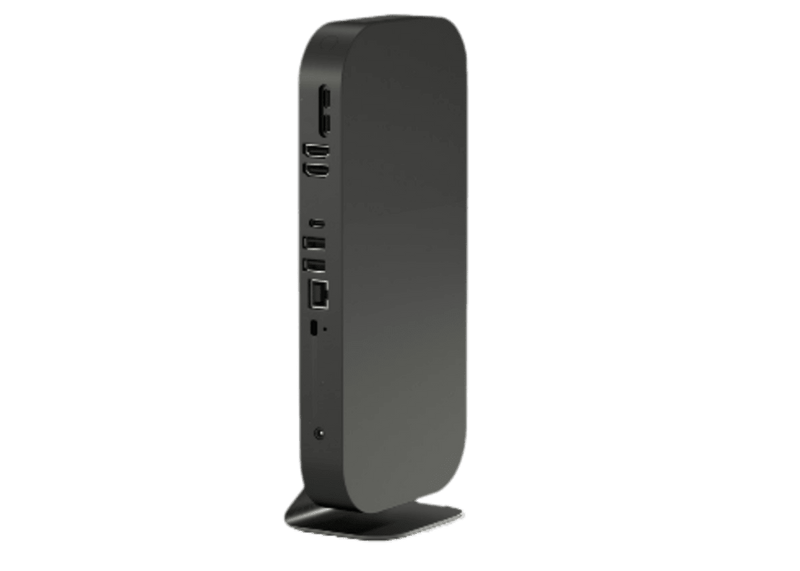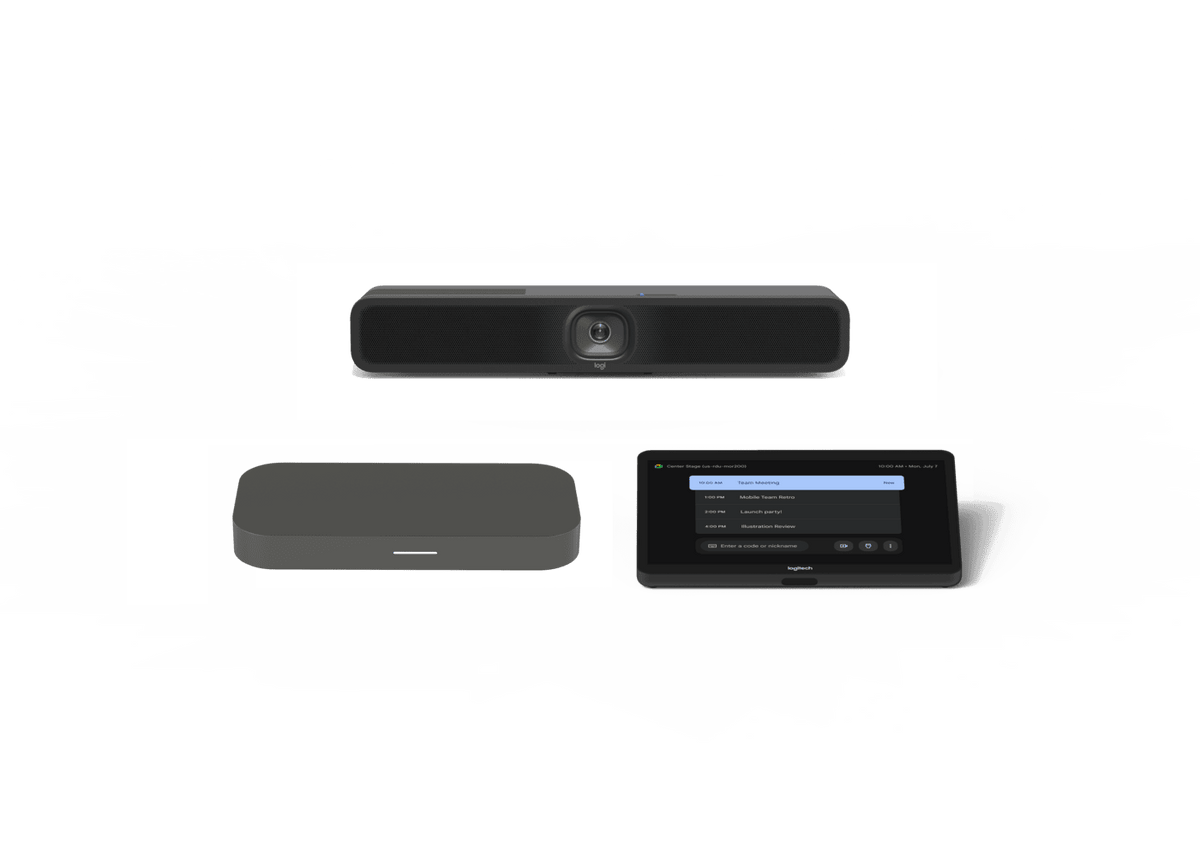While increasing access to education is no easy feat, the popularity of distance learning has helped break down many geographic and cost barriers for both students and educational institutions.
Distance learning provides the flexibility, cost savings, and convenience that make education more accessible. For example, more than 6 million students and close to 30% of all postsecondary learners have taken at least one online course.
With the increasing competition, institutions need to create an effective, engaging, and seamless student experience that involves more than just distributing information online. An outstanding learning experience tailored to the specific needs of the students can vastly improve outcomes and attract more students to an institution.
How To Create an Engaging Distance Learning Experience
The use of technologies is changing how students learn and it's particularly critical in the delivery of a distance learning experience. In fact, interactivity made possible by online communications is the key to boosting student attention level and interest.
Here's how you can leverage the latest technologies to deliver an outstanding student experience:
1. Implement the Right Culture and Structure
First and foremost, you need to instill a culture of online learning throughout the institution. Support for distance learning programs should be fully integrated into every aspect of campus life and accessible digitally -- from registration systems for both online and campus courses to services such as tutoring and library resources.
2. Design an Engaging User Experience
The user experience of your online student portal is the key to delivering an effective learning experience. Work with instructional design specialists who can turn faculty members' knowledge and teaching mastery into an engaging digital experience through their expertise in learning theory, learning management systems, and creative online tools.
3. Get Faculty Onboard
Some faculty members may be skeptical about distance learning due to many reasons, such as the perceived lack of student interactions. Help them understand how they can collaborate with instructional designers to bring their course materials to life, e.g., by setting clear learning objectives, establishing checkpoints in the course to ensure student progress, and familiarizing themselves with the latest learning technologies.
4. Use Online Collaboration Technologies
In order to deliver an engaging learning experience, it's important that students can work with each other and faculty members seamlessly from anywhere and at any time. A cloud-based platform, such as Google Classroom or G Suite, enables students and faculty members to collaborate in real-time through a variety of methods, such as video calls, file sharing, screen sharing, instant messaging, and more.
5. Leverage Social Media Productively
Students are on social media anyway so meeting them in their own world is a great way to encourage and enhance interactions. For example, a Facebook page can be created for a specific course to share supplemental content information, provide anecdotal evidence to support concepts, and post notifications, praises, announcements, and inspirations.
6. Implement AI-Driven Technologies
Machine learning technology can be used to generate insights from a large amount of student data collected during their interactions with the online system while predictive analytics can be used to anticipate student needs and fine-tune the learning experience. In addition, facial recognition software can be used to track students' focus for real-time feedback so content can be customized to increase engagement and participation.
7. Explore IoT and Wearable Technologies
These tools can help deliver a tactile and hands-on learning experience that bridges online interactions with the offline world. For example, smart glasses (e.g., Google Glass) allows users to share their experiences or demonstrate physical actions from the first-hand perspective via videos to effectively communicate instructions that could be lengthy and confusing in written format.
8. Provide Affordable Equipment
It's important that the right equipment is made affordable and accessible to all in order to deliver an optimal learning experience. Thankfully, students can now have access to computers that'll allow them to harness the power of today's advanced learning technologies for under $300.
In addition, technologies can be easily incorporated into every classroom to enhance the student experience. For example, this powerful Chromebox can be used for dual-screen conferencing with Zoom while Google Jamboard can enhance remote collaboration and deliver a robust distance learning experience.
Conclusion
The "distance" between students and faculty members in "distance learning" is now closer than ever. With just a few clicks of the mouse, students can access a world of knowledge and engaging learning experience using today's technologies.
With the right equipment to enhance your education experience, institutions can leverage the latest technologies to break down barriers and deliver a world-class learning experience to students no matter where they are.


